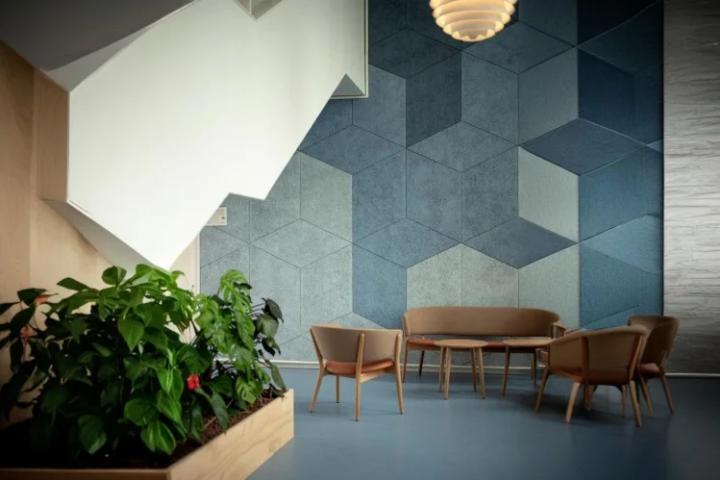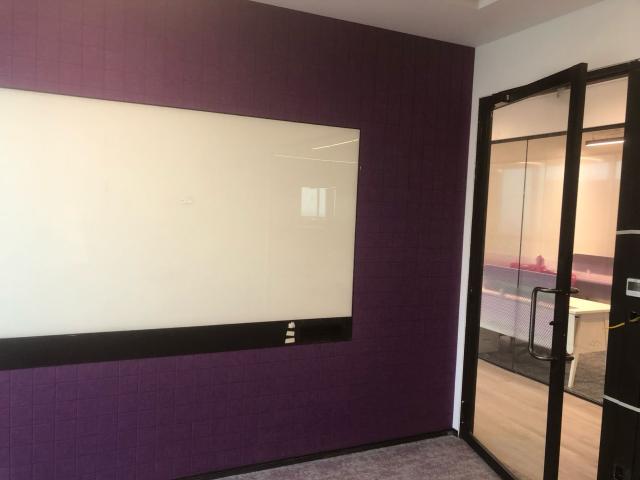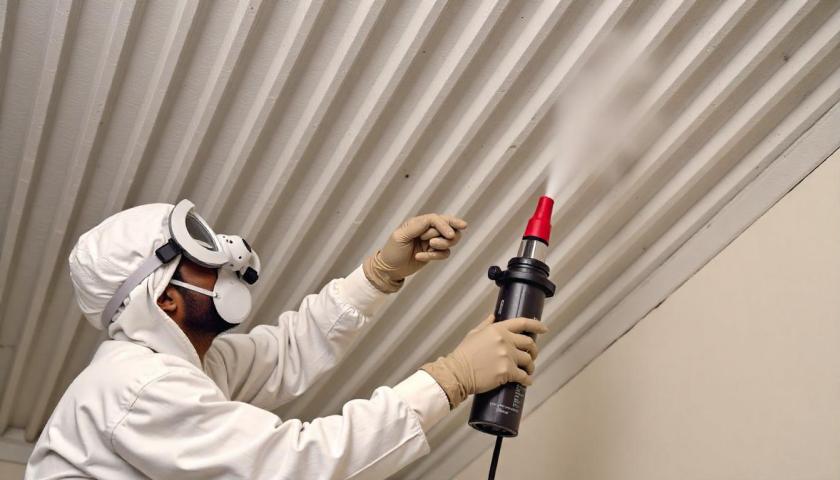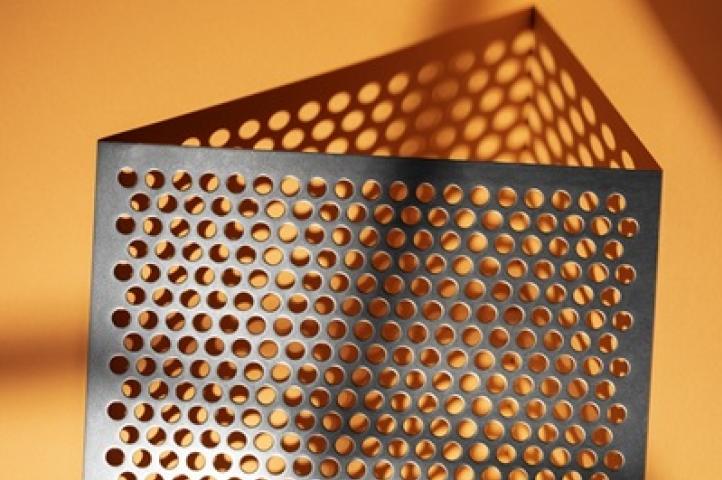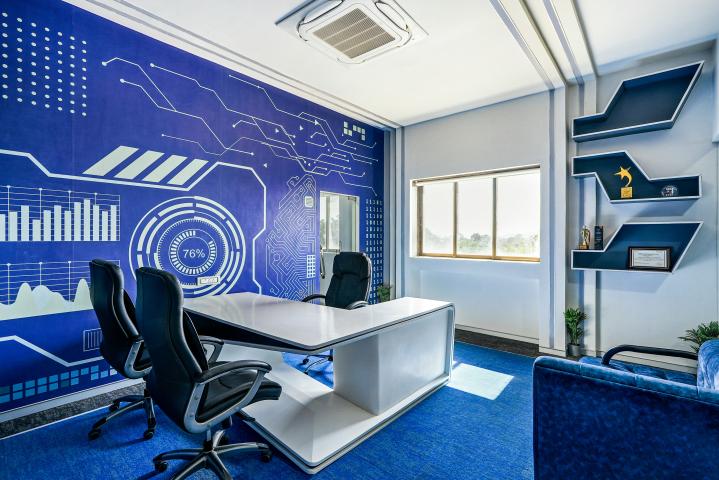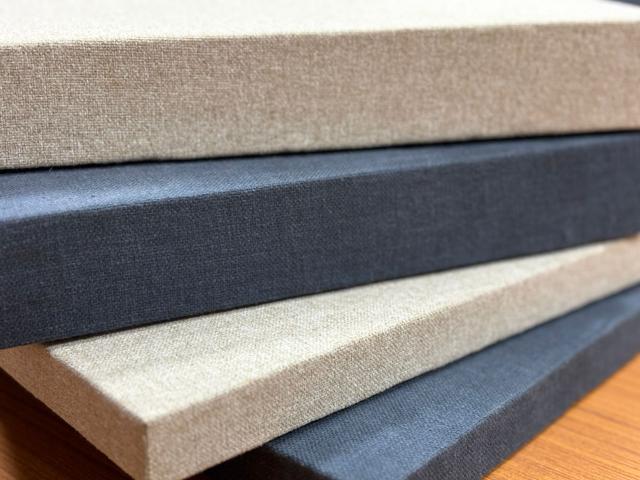When it comes to high-quality sound in any audio production environment, whether it's a recording studio, podcasting space, or a room sensitive to acoustics, acoustic treatment is indispensable. Achieving clear, precise audio requires careful management of sound reflections, and acoustic panels are your go-to solution for controlling sound waves. These panels, designed to absorb unwanted noise, create a controlled environment where every note, beat, and voice is captured with precision. Let’s explore how acoustic boards can enhance your space's sound quality.
Maximize Your Studio's Acoustic Performance
In any sound-sensitive environment, managing sound reflections and reverberations is crucial. Without proper control, these can distort audio, leading to poor recordings and mixes. Acoustic panels go beyond just reducing noise—they fine-tune the acoustics of your room by targeting particular frequencies. Panels come in various forms, each addressing a specific frequency range: from acoustic sheets that absorb high frequencies to boards that manage low frequencies. The right choice of acoustic treatment ensures your recordings stay accurate, eliminating unwanted interference.
Diverse Acoustic Panel Solutions for Every Space
Not all acoustic boards are created equal. Different environments require different solutions to optimize sound clarity. Here's a look at the popular options you might consider for your space:
Bass Traps: These specialized acoustic panels are designed to absorb low-frequency sounds that build up in the corners of the room, providing a more balanced, clear sound.
Diffusion Panels: Instead of absorbing sound, these scatter sound waves throughout the space, preserving natural room acoustics while enhancing the spatial quality of the audio.
Absorption Panels: Made from materials like foam or fiberglass, these panels focus on managing mid and high frequencies, reducing sound reflections, and improving overall sound accuracy.
Ceiling Panels: Mounted on the ceiling, these absorb vertical sound waves and mitigate flutter echoes, ensuring optimal sound clarity in larger studios.
By using a combination of these different types of acoustic panels, you can create a controlled, high-quality listening environment for any project.
Why Acoustic Treatment is Essential for Sound Quality
Incorporating acoustic sheets and acoustic panels into your studio setup leads to noticeable improvements in sound quality. Whether it's reducing unwanted frequencies, enhancing clarity, or optimizing the acoustics of the room, acoustic treatment is vital for achieving high-quality sound:
Clearer Sound: By absorbing excess sound, acoustic panels help deliver clear, undistorted audio—a necessity for accurate recording and mixing.
Optimized Room Acoustics: Proper treatment controls reflections, helping to create a more immersive listening environment for precise editing and decision-making.
Echo Reduction: Without sufficient acoustic treatment, rooms become cluttered with reverberations that cloud audio clarity. Panels help in reducing these disruptions.
Energy Efficiency: Certain acoustic panels also serve as thermal insulators, reducing your energy consumption by regulating your studio's temperature.
The Materials Behind Effective Acoustic Treatment
The materials used in acoustic panels play a pivotal role in their effectiveness. Here are some of the key materials commonly found in high-quality acoustic boards:
Foam: Lightweight and cost-effective, foam is a common choice for managing mid and high-frequency sounds.
Fabric-Wrapped Panels: These panels absorb sound while also adding a decorative element to your studio. The fabric coverings provide both functionality and aesthetic appeal.
Fiberglass and Mineral Wool: Dense and highly effective, these materials excel at absorbing low frequencies and preventing sound leakage, making them ideal for acoustic sheets used to manage bass.
Choosing the appropriate material ensures that your space achieves the desired level of acoustic treatment, fine-tuning the room’s acoustics for superior sound quality.
Optimal Placement for Maximum Sound Control
Proper placement of acoustic panels is crucial to their performance. To get the best results from your acoustic boards, here are some placement tips:
Target Reflection Points: Place panels at the spots where sound is most likely to reflect, typically opposite your speakers. This will absorb the initial reflections before they interfere with the clarity of your audio.
Bass Traps in Corners: Sound tends to accumulate in corners, especially low frequencies. By adding bass traps in these areas, you reduce bass buildup and achieve a more balanced sound.
Ceiling Panels: For larger spaces, installing panels on the ceiling can capture vertical sound waves, minimizing flutter echoes and enhancing overall sound clarity.
Correct placement helps achieve an even distribution of sound absorption throughout your room.
Caring for Your Acoustic Panels for Longevity
To maintain the efficiency of your acoustic treatment, regular maintenance is important. Here are some tips to ensure the durability of your acoustic panels:
Regular Dusting: Dust can impede the performance of your panels. A light dusting will help preserve their sound-absorbing properties.
Inspection for Damage: Check your panels periodically for signs of damage, such as cracks or tears. Damaged panels may lose their effectiveness.
Moisture Control: Keep your panels in a dry environment to prevent moisture damage, particularly to materials like fiberglass that can lose their effectiveness in damp conditions.
By keeping your panels in top condition, you ensure they continue to perform well and maintain the acoustic integrity of your space.
The Eco-Friendly Side of Acoustic Panels
In addition to their acoustic benefits, acoustic boards are often made from sustainable materials, offering an eco-friendly solution to sound management. Many panels are crafted from recycled or natural substances, reducing the environmental impact of your studio setup. As an alternative to traditional soundproofing methods, they provide an efficient and eco-conscious option to create the perfect audio environment.
Conclusion: Perfecting Your Studio’s Acoustic Environment
The key to achieving professional-level sound lies in choosing the right acoustic treatment. Whether it’s through selecting the best acoustic sheets, acoustic panels, or proper placement techniques, effective sound management will elevate the quality of your recordings, mixes, and overall audio experience. By investing in quality acoustic boards, you are ensuring your studio delivers pristine, distortion-free sound, setting the stage for exceptional audio production.
